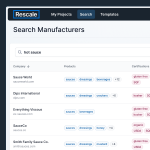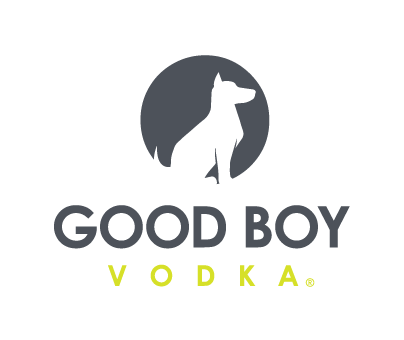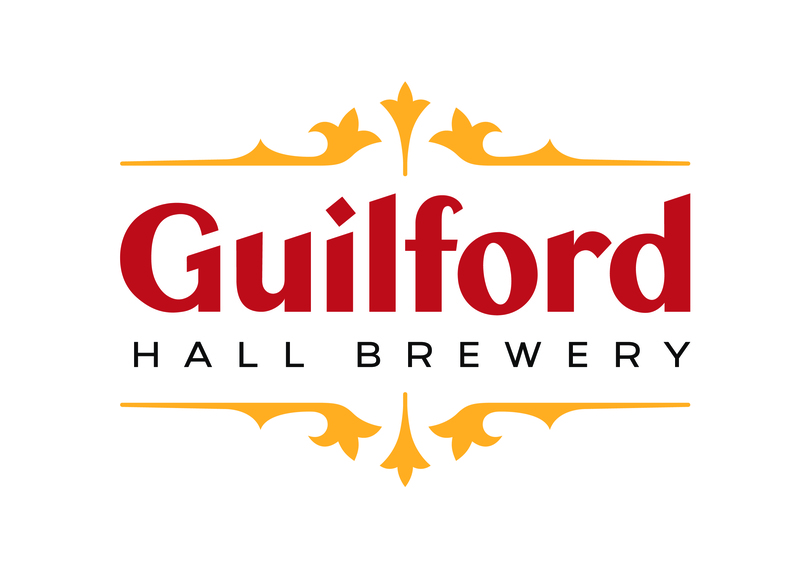Painful or Positive? Revamped UNFI Supplier Pact Stirs Industry Debate

There’s no question that powerhouse national distributor UNFI’s new Simplified Supplier Approach (SSA) – which consolidates various service fees and add-ons into a single all-inclusive 2.5% tariff on all purchases – is more streamlined than previous agreements. But that’s about the only thing everyone will agree on.
As you might expect, industry reaction to the updated SSA following its announcement in February can be politely described as “passionate.” On the one side are young brands and startups, to which the agreement provides a wealth of incentives: access to UNFI’s data and reporting is pitched as a big draw, as are waived compliance and slotting fees, the kinds of financial penalties that can really add up against their early orders. For its part, UNFI has painted the move as a path towards “less friction, more tools and a mutual focus on brand growth.”
But “incentives” can be subjective. For more mature brands that don’t need what the new SSA is selling, the 2.5% rate is a challenge to be navigated, rather than the “brand growth” sparkplug it’s been pitched as.
“They’re looking to pull a rabbit out of a hat,” said Greg Esslinger, a former UNFI supplier relationship manager and critic of the new SSA. “That’s what it boils down to. They had to find a way to come up with the shortfall that they were getting.”
Moving Goalposts
For many observers, the timing and structure of UNFI’s new agreement is indicative of shareholder pressure on the distributor to generate faster returns.
The changes come against the backdrop of UNFI’s ongoing efforts to cut costs and optimize supply chain efficiencies. In the company’s most recent earnings report last week, net sales decreased 0.1% to $7.5 billion, with business transformation costs totalling $11 million in the quarter, compared to $7 million in Q3 2023. Overall operating expenses in Q3 were $992 million, or 13.2% of net sales, versus $967 million, or 12.9% of net sales, in the prior-year period.
UNFI may also be suffering from a credibility problem with some of its shareholders, as well. The distributor is currently the subject of a class action lawsuit that claims its executive leadership misled investors in saying that the $70 to $100 million in predicted cost savings generated by its Value Path initiative would be reinvested into technologies to help manage and predict supply chain disruptions and lower the company’s cost structure.
Back in March, Esslinger questioned on LinkedIn whether the anemic stock performance had spurred the change to the SSA, noting “the pressure for results with a public company can drive so many decisions that may otherwise not be happening during ‘good times’.”
Esslinger explained his belief that the decision to put the new SSA program into effect on May 1 was because the date marked the beginning of the last fiscal quarter for the publicly traded company.
For larger brands that already pay for UNFI’s ClearVue data – or that get information from other sources like Whole Foods’ supplier portal – this is, in essence, a “money grab.” UNFI’s retailer network is too valuable for most suppliers, he said, so they have virtually no choice but to accept the new policy or risk being shut out.
“The way they worded it made it seem like they were doing a solid to the industry,” Esslinger said. “The reality though, is if that was the case, they would have made it optional for everybody.”
While the practice of opting out of the SSA policy is not widespread, nor has it been made clear to all suppliers that it is an option, some brands are taking the leap. George Milton, CEO of Yellowbird Foods, said his company won’t participate in the new policy change; while those consequences are not fully known at this time, he believes it will likely result in additional fees.
“The portal access would be nice, but not at the price that it’s going to cost us,” said Milton on why the brand chose to not participate. “Then waiving of compliance fees – the only fees that this is really going to help us avoid is the fee called the distribution center efficiency [DCE] fee, which is, by the way, part of a new set of fees that they introduced, just to have this program waive them.”
Those new fees have also brought plenty of new questions as well. The DCE is a tiered fee that is charged based on a product’s velocities. For Yellowbird’s hot sauces, which Milton noted is not a particularly fast moving category, it remains unclear whether those charges will be calculated per category, per distribution center or by some other metric.
Companies with more resources could use smaller, regional distributors or opt for direct store delivery, but that could cost just as much and also result in less comprehensive coverage.
Juicing the Numbers
Whatever the cause of the changes, can the revamped SSA actually deliver on its promise of clearing a path for small brands to grow? The answer will hinge in part on the value brands derive from UNFI’s data reporting.
A consultant who preferred to remain anonymous for this story said that they have talked to a lot of brands in the last six to nine months that do not want to use UNFI and will only sign on with the distributor only as a last resort.
Despite the concerns about the SSA policy costing smaller brands on the frontend, there was marginal excitement from some of the consultant’s clients at the prospect of accessing some of UNFI’s sales data.
One anonymous supplier calculated that the data services are worth less than 0.3% to the company. Since the supplier is fairly well established, it does not see a great benefit from waived compliance-related fees. That supplier said that the policy change itself means their company is being asked to pay over 2% more for data that it has not had to pay for in the past and gets through other distribution partners.
“A brand that’s doing $100,000 a year with UNFI is in a perfect sweet spot where this would be the right program [for them],” said Milton.
But that’s not happening: only a few days after Milton posted a blog about the benefits of this program for smaller suppliers, UNFI sent out communications that brands doing $100,000 or less through their system are not eligible for the new SSA policy.
UNFI, however, feels differently. In response to questions for this story, the company wrote in an email that the new policy change “is applicable to the significant majority of UNFI suppliers.” UNFI emphasized that this is a policy change, not a new program, and “was developed with input from, and as a result of, significant feedback from our supplier community.”
‘Brands Are Already Under Pressure’
In the months since his initial post, Esslinger said many brands have told him they’ve attempted to negotiate with UNFI over reducing the 2.5% fee, with limited success. In lieu of that, the money has to come from somewhere else.
“I’ve heard firsthand of many failures but also heard secondhand of a couple successes on changing the percentage,” he wrote in an April 15 post. “Almost every brand that’s reached out has said they’ll have to cut back either on promotions, ad contracts, and other marketing programs.
According to Esslinger, some brands have tried to raise the price for which they sell their goods to UNFI, but have been denied. If the cost of goods does go up to make up for at least some of the SSA’s 2.5% fee, prices at retailers could also rise.
According to Milton, the new SSA fee structure is said to waive UNFI’s price change fee, but he has not received confirmation; UNFI declined a request for an up-to-date list of the fees included in the updated rate. Either way, grocery industry veteran Errol Schweizer believes this policy change will, without a doubt, result in higher consumer prices.
“It is unlikely UNFI will pull back, and the startup and emerging brand sector is mostly afraid of pushing back or speaking out on such policies,” said Schweizer. “These brands are already under pressure from high rates of attrition at retail and huge competitive pressure from incumbent CPG giants and a major influx of high-attribute private labels from key retail accounts. There has never been so much diversity and energy in the emerging brand sector, but it has also never been such a meat grinder. The Hunger Games have nothing on the grocery industry.”
A supplier who preferred to remain anonymous for this story, but has worked with UNFI for over three decades, said that the most shocking part of this policy shift is that it pushes cost pressures upstream rather than down.
After taking “responsible” price increases over the past two years, the fee change is a direct hit to P&L, said the supplier. Taking further price hikes to consumers, who are already trading down to private label in broad swaths to counter persistent grocery inflation, could significantly damage the supplier’s businesses long term.
Sink or Swim?
As noted, UNFI’s tactics are being informed by the urgency to boost revenue from suppliers, but there’s little hope of satisfying all parties.
So who will be stuck holding the bag? The distributor’s cost-plus contracts are set so that it essentially delivers at a loss to some of its largest retail customers, explained both Schweizer and Milton.
“Their cost of doing business is 14 to 15 points, but their cost-plus agreements with key accounts are in the 5% to 8% range,” said Schweizer. “Their core function is to aggregate and distribute food from brands to retailers, yet they lose 5 to 10 points on that. They are therefore dependent on either higher markups to independent retailers or foodservice customers, or in this case, brand/supplier income, through marketing programs, manufacture chargebacks, OI bridge buys/forward buys, deductions/billbacks and now this SSA program.”
Both Milton and Schweizer have heard estimates that UNFI could create upwards of $750 million in new revenue per year from the SSA policy change if they can implement it across all suppliers.
“How is [it] sustainable that brands must subsidize the low cost agreements of larger retail chains?” Schweizer asked.
Beyond the contracts themselves, Schweizer also pointed to the increased consolidation and codependency between the retail and wholesaling industry. He explained that the structural issues that have emerged as both have become more consolidated over the past 25 years or so have created a “virtual monopoly” for UNFI and other primary distributors to key retail accounts.
According to UNFI, no suppliers have stopped doing business through the distributor as a result of the policy change.
He noted that while the company is a “vital link” in the grocery supply chain, the industry at large needs to begin to assess how expensive and complex wholesale has become and build new alternatives. Some suppliers are fighting back through the courts to dispute contentious policies like chargebacks. In the meantime, the only way for UNFI to make up for its financial and operational challenges is to pass those costs on to its partners.
“When UNFI sneezes, the industry catches a cold,” he said.



















